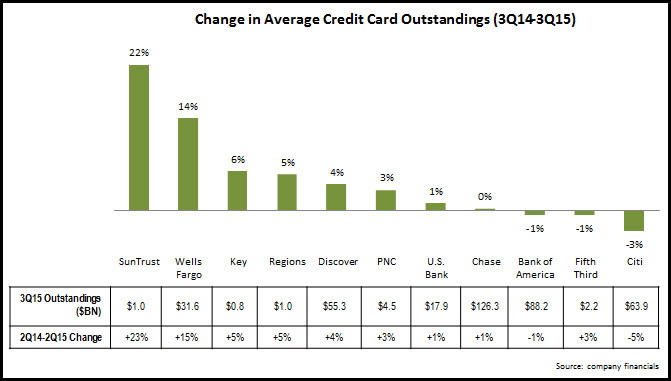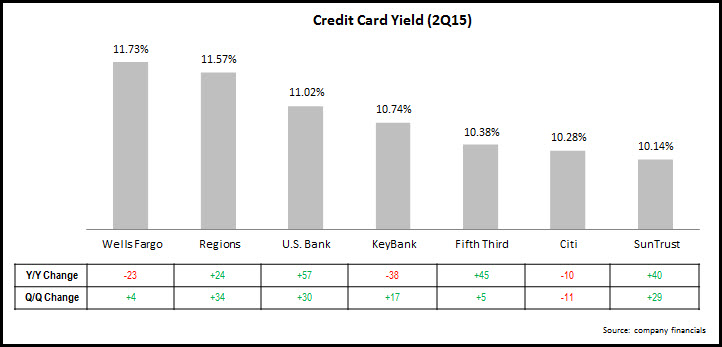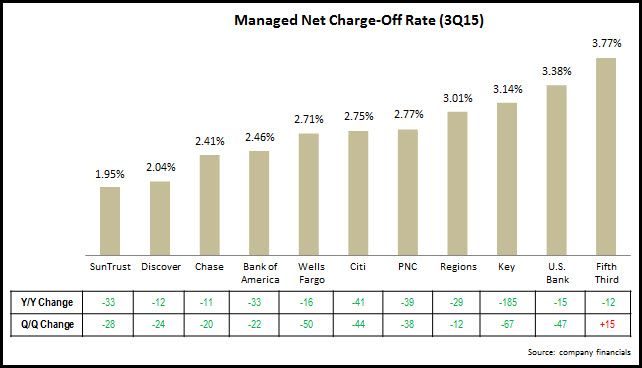Banks and other financial providers have recently increased their focus on developing financial education programs, driven by a number of factors:
Numerous studies have highlighted deficiencies in financial literacy among U.S. consumers. FINRA Foundation’s National Financial Capability Study found that only 37% of people were considered to have high financial literacy in 2015, down from 42% in 2009 and 39% in 2012. Studies also show that consumer exposure to and engagement with financial education programs leads to smarter financial decision making. Therefore, the onus is on a range of entities (government, educational institutions, nonprofit organizations, industry associations, and of course financial firms) to develop programs to improve financial literacy.
Many financial firms are looking to (re)position themselves as trusted providers of not just products and services, but also of information and advice that can help people better manage their finances. To that end, financial education programs can act as a means to help banks cement relationships with their clients.
The following are some key considerations for financial firms in establishing a new financial education program—or in enhancing an existing one:
- Conduct research to gain insights into consumers’ financial literacy levels, attitudes to financial services, preferred channels for consuming financial information, and favored sources of financial information and advice.
- Create a dedicated and branded financial literacy program that brings together the diverse range of financial education initiatives under one umbrella. These programs can take the form of an online portal, such as the TD Bank Learning Center, John Hancock Retirement Plan Services’ My Learning Center and MassMutual’s FutureSmart program.
- Conduct financial education surveys. Surveys are an effective way to raise consumer awareness and interest, highlight commitment to raising financial literacy, and gain insights that inform financial education program development and execution. U.S. Bank recently published two financial education surveys: the Parent Financial Education Survey (July 2016, focused on the parents of college students aged 18-14) and the Student and Personal Financial Survey (September 2016). Last month, Bank of America published the Bank of America/USA Today Better Money Habits report, which was versioned for 7 of its markets.
- Ensure that financial education content reflects the different ways that consumers process information. Keep content short, with easy-to-follow tips and soundbytes. Incorporate images, infographics or video to enhance its visual appeal.
- Distribute content through a range of channels. These channels can include online portals (as described above), events, in-person and online courses, and social media platforms. (PNC announced in August that it would be using Pinterest to promote its financial and early childhood education initiative.) In addition, a number of banks (e.g., First Tennessee, First National Bank and SunTrust) have partnered with Operation Hope to open HOPE Inside offices in its branches. SunTrust recently announced an ambitious plan to expand the Operation HOPE Inside program from 7 branches today to 200 by 2020. The number of individuals receiving financial counseling through these offices is expected to rise from 6,000 to 150,000.
- Partner with schools and nonprofit organizations that promote financial literacy in communities. This partnership can take the form of joint programs, funding or employee volunteer hours. Fifth Third recently introduced an initiative to deliver its Empower U financial literacy course through 60 local nonprofit organizations throughout its footprint. And Allianz Life recently awarded $275,000 in financial literacy grants to 14 nonprofit organizations in the Twin Cities.
Well-constructed, well-delivered financial education programs improve financial literacy. This in turn leads to smarter financial decision making, benefitting both consumers and their financial providers.


